Sprint customers with iPhones, cellular iPads, and other connected devices will now have access to 4G LTE data speeds, provided they live in one of the 22 new locations to get the service as the telecom slowly extends its next-generation network.
The nation's third-largest wireless carrier announced Monday night that it had expanded its 4G LTE service to 22 new locations. The expansion brings Sprint's 4G LTE coverage to a total of 110 locations across the United States.
The areas included in the new rollout are as follows:
- Baton Rouge, La.
- Centralia, Wash.
- Clarksville, Tenn.
- Corsicana, Texas
- Dalton, Ga.
- Dunn, N.C.
- Fond du Lac, Wis.
- Gainesville, Fla.
- Henderson, N.C.
- Kingsport, Tenn.
- Lansing/East Lansing, Mich.
- Longview, Wash.
- Miami, Fla.
- Napa, Calif.
- New Orleans
- Palatka, Fla.
- Raleigh, N.C.
- Sebring, Fla.
- St. Cloud, Minn.
- St. Joseph/Benton Harbor, Mich.
- Tampa, Fla.
- Warsaw, Ind.
Sprint will also be rolling out LTE service across Texas, Michigan, and Wisconsin in the coming months. The following areas will be included in that rollout:
- Grand Rapids, Mich.
- Aberdeen, Wash.
- Allegan, Mich.
- Ann Arbor, Mich.
- Battle Creek, Mich.
- Corpus Christi, Texas
- Eagle Pass, Texas
- Flint, Mich.
- Laredo, Texas
- Marshfield/Wisconsin Rapids, Wis.
- Mount Pleasant, Mich.
- Oak Harbor, Wash.
- Watertown/Fort Atkinson, Wis.
The speeds offered by 4G LTE connections are more than 10 times faster than those enabled by a 3G connection. Even with the locations announced on Monday, Sprint still trails both AT&T and Verizon by a wide margin in terms of areas with access to 4G LTE.
AT&T's LTE service covers 278 markets, while Verizon's covers 497. Sprint's LTE coverage map also leaves several major metropolitan areas without coverage, including New York, San Francisco, and Washington, D.C. By the end of the year, Sprint plans to have 200 million people covered with its high-speed network.
 Kevin Bostic
Kevin Bostic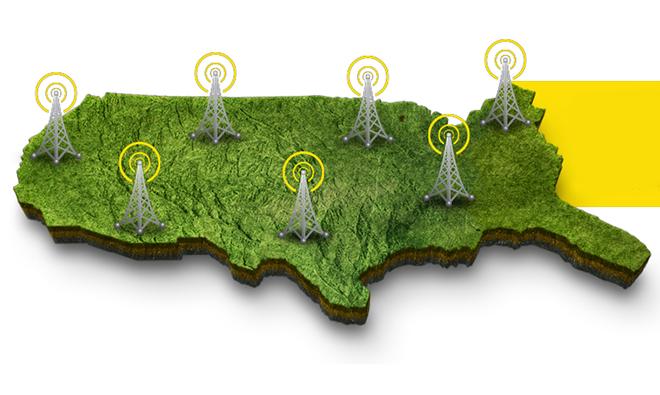
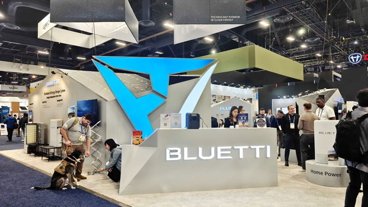
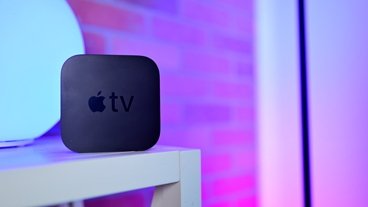






 Marko Zivkovic
Marko Zivkovic
 Wesley Hilliard
Wesley Hilliard
 Malcolm Owen
Malcolm Owen


 William Gallagher
William Gallagher

 Andrew Orr
Andrew Orr

-xl-xl-m.jpg)



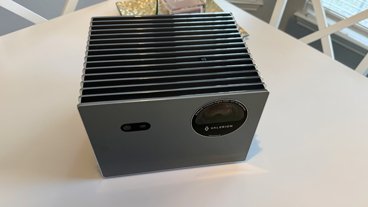
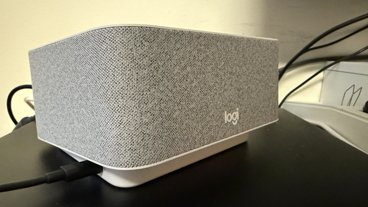


10 Comments
Sprint. Really trying my patience with slow 3g and no 4g.
Their 3G would be fine if they had more backhaul. Their 4G will probably suck too since they don't have enough bandwidth at their towers.
Really disappointed with Sprint's service. It is cheaper though, so I guess I get what I pay for.
Would be great if they would just try to do nationwide coverage. I'd rather pay more for better service. I can't even get 3G coverage here on Sprint and most of the time I'd be roaming.
Sprint is awful. It is the middle of 2013. The 3G is barely usable and I'm supposed to believe they are going to build a usable 4g network soon? Their service isnt even reliable in KC where they are headquartered. I can't wait til January when my contract ends and I can fire them. I imagine a lot of iPhone customers feel the same way. They obviously have no customer service ethic and when they are out of business it will be exactly what they deserve.